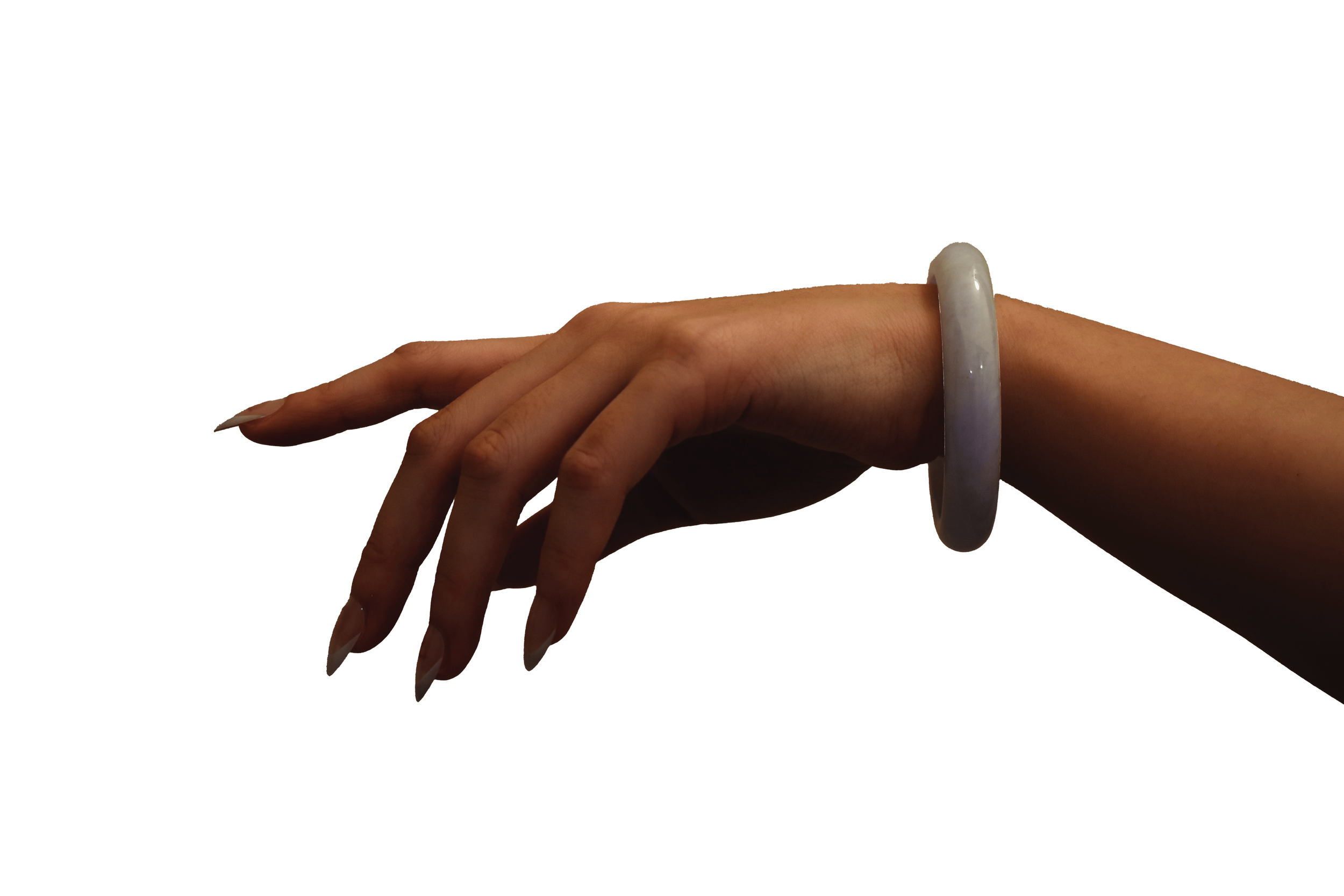Wearing my heritage
Culture embedded in fashion.
by Jaimie Chun
Asian American families have brought Asian traditional wear to the U.S. for decades and centuries. But Northwestern students have recently noticed some shifts in everyday attire in Evanston and beyond.
Vietnamese jewelry
Weinberg first-year Jacqueline Le says she often wears jewelry representing her Vietnamese heritage and culture, such as her red corded necklace with jade and a Buddha pendant.
“I have a lot of my jewelry that’s bracelets or like ropes,” Le says. “It’s a specific color that ties back to hues of red and emerald and things that signify prosperity, a good thing — at least for me in Viet culture.”
Kurtas & kajal
McCormick second-year Sunny Batra says she’s begun seeing Indian culture becoming more fashionable.
“I started wearing kurtas with bottoms to work as well throughout the summer, and that’s kind of where it started,” Batra says. “I just love wearing them because they’re just so beautiful and intricate. In general, I’ve seen more elements of Indian culture become more mainstream.”
Kajal, Batra says, has also been coming back after falling out of fashion with the more subtle makeup that’s been trending. Kajal is traditionally made from the residue of heated oil and is most often used on the waterline.
“Wearing kajal under your eyelids is prevalent in Indian makeup,” she says. “It’s really similar to wearing eyeliner on your inner eyelid, and I’ve seen a lot of girls who are Indian using kajal more and more recently.”
Jade bracelet
For McCormick third-year Diane Kao, her jade bracelet is a connection to her grandmother and Taiwan, where she and the rest of her extended family lives.
“I’ve always felt very isolated from the rest of my extended family because of the fact that we live half a world away and we don’t even speak the same language, really,” Kao says. “It’s nice to at least feel that I’m connected to that culture.”
Historically, jade bracelets were a symbol of luxury, Kao explains, since it meant noble individuals didn’t have to worry too much about breaking or damaging it. Last summer, Kao fractured her bracelet moving, and after she moved into her new apartment a couple of months ago, she ended up breaking it entirely.
Kao says that typically, when a jade bracelet breaks, it means it’s protecting you from something. While she says she doesn’t really believe that, she tries to because it turns something unfortunate into a good thing.
Through her second year, Kao didn’t wear the bracelet, but she finally put it back on at the end of last school year.
“It holds more value if you actually use the things in your life, rather than just hiding them away,” Kao says. “Because at least then you can attach new memories and new feelings to that sentimental object rather than just trying to preserve that fragment of the past.”
KAAVYA BUTANEY CONTRIBUTED REPORTINGPHOTOS BY LIANNA AMORUSO & JOYCE HUANG

